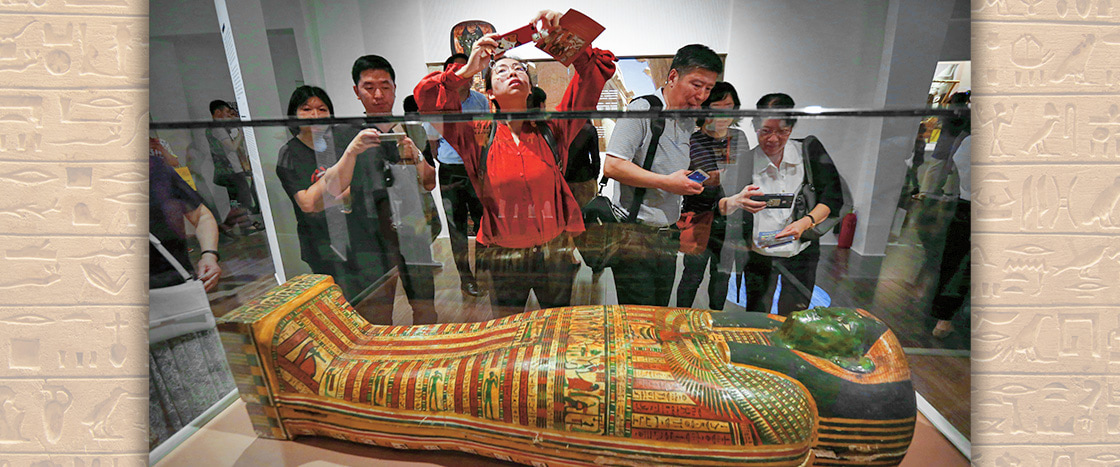Thousands of years ago, an Egyptian man named Nesmin passed away. His body was carefully wrapped in strips of cloth and turned into a mummy. It was then placed in a painted coffin and sealed inside a tomb where it was meant to stay forever.
But that’s not how things turned out for Nesmin.
Since 2010, his mummy has been traveling the United States as part of an exhibition called “Mummies of the World.” Museum visitors can look through a glass case at Nesmin’s wrapped body. Some visitors are fascinated. Others are troubled.
For more than 100 years, mummy exhibits have helped teach people about ancient Egypt. But recently, many museums have started asking whether it’s disrespectful to put mummies on display. After all, they were once living people with families and friends, just like us.
Does that mean museums should stop displaying mummies?
Thousands of years ago, an Egyptian man passed away. His name was Nesmin. His body was wrapped in cloth and turned into a mummy. It was then placed in a painted coffin and sealed inside a tomb. It was meant to stay in the tomb forever.
But that’s not how things turned out for Nesmin.
Since 2010, his mummy has been traveling around the United States. It’s part of an exhibition, or show, called “Mummies of the World.” Museum visitors can look through a glass case at Nesmin’s wrapped body. Some visitors are fascinated. Others are troubled.
For more than 100 years, mummy exhibits have helped teach people about ancient Egypt. But lately, many museums have started asking: Is it disrespectful to put mummies on display? After all, they were once living people with families and friends, just like us.
Does that mean museums should stop displaying mummies?

